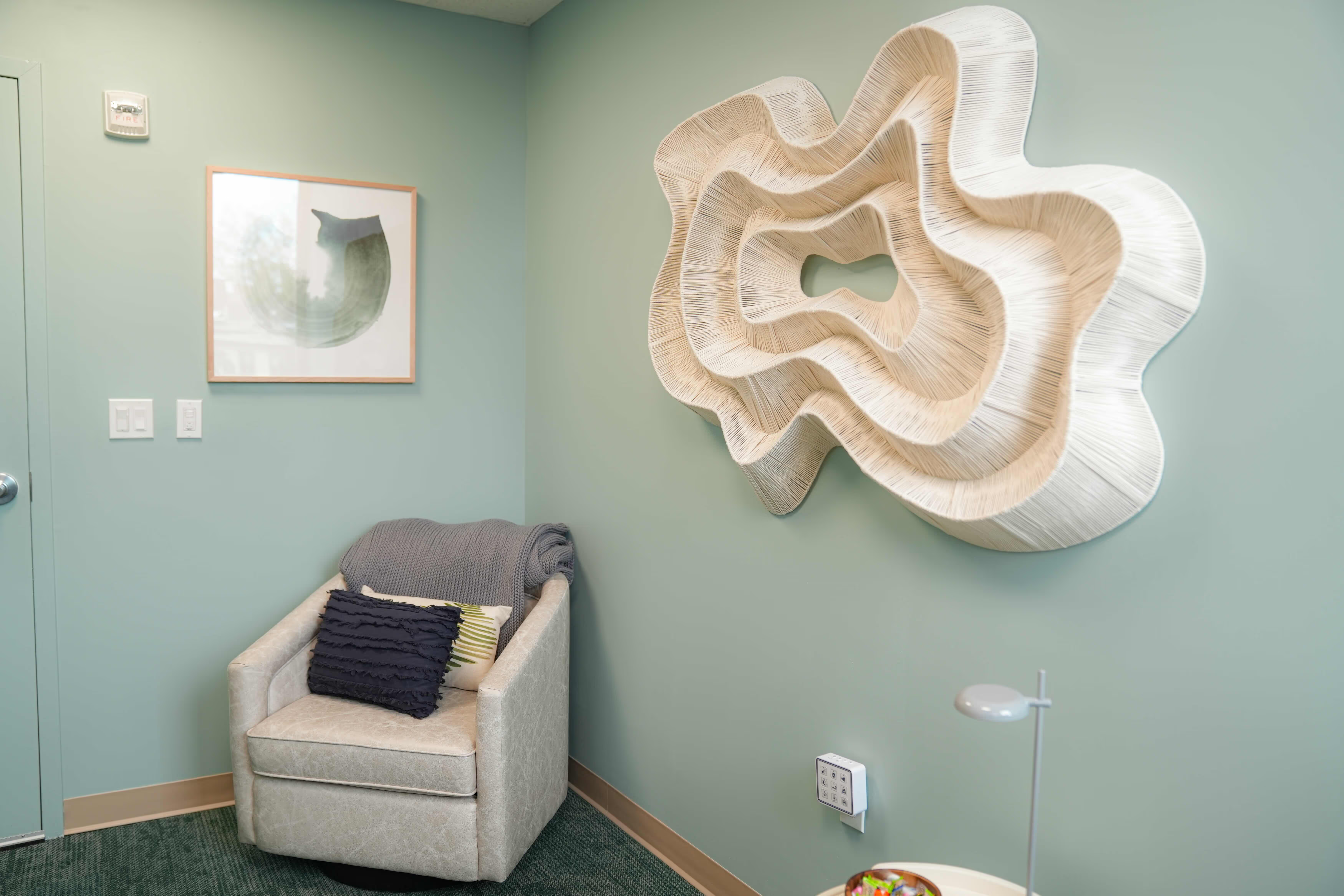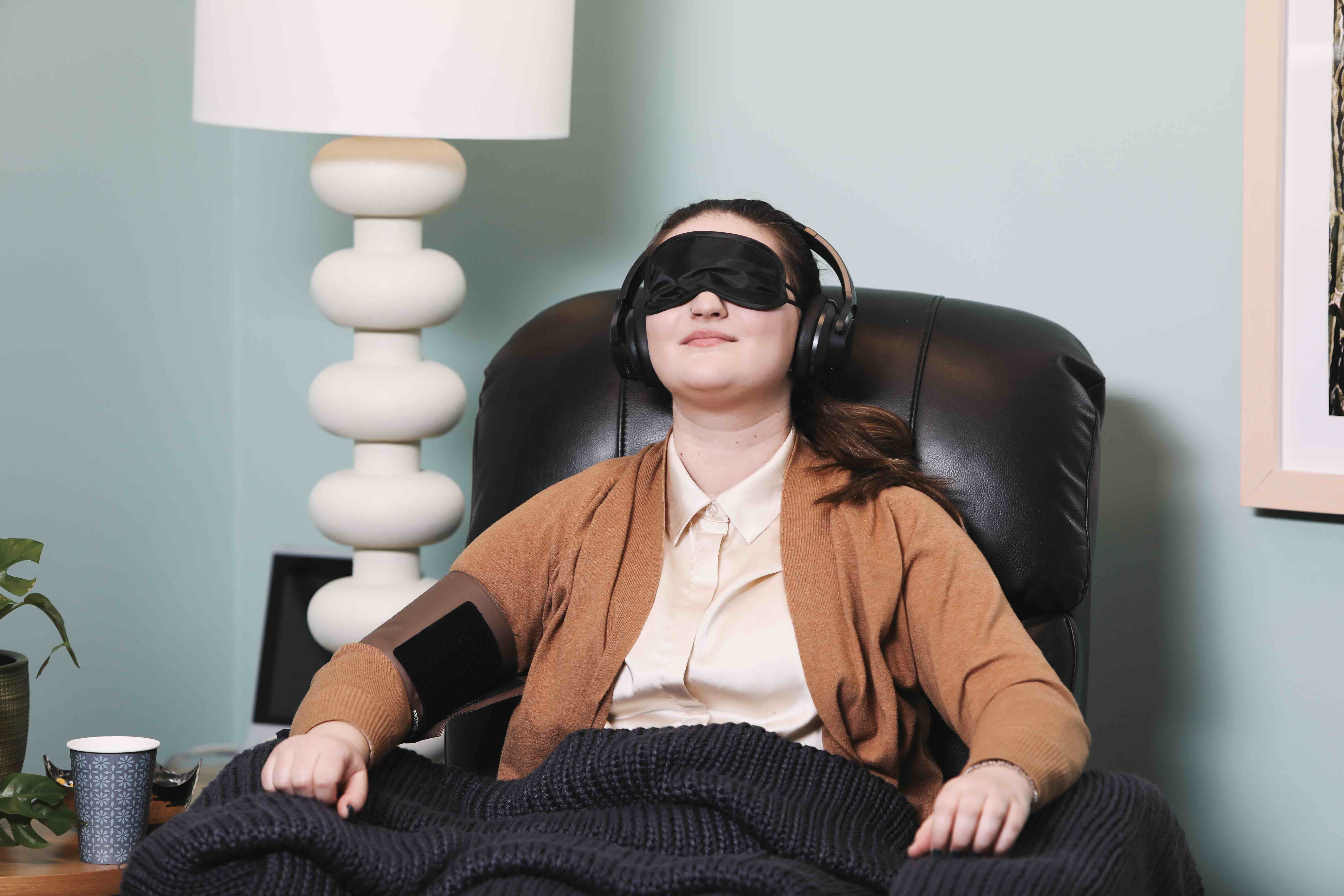The Four Response Patterns to Ketamine Treatment
While no two patients of ketamine therapy or esketamine (Spravato) treatment are the same, four broad patterns of response have reared their heads over the course of Lumin Health’s history and beyond. Understanding these categories can help set realistic expectations and provide reassurance that progress in ketamine treatment takes different forms.
Immediate Responders
A small group of patients notice improvement almost right away — sometimes the same day as their first session. They may describe the world feeling more vivid, thoughts feeling less heavy, or even a sudden ability to imagine the future again. For some, suicidal thoughts ease within hours. This response, while dramatic, is relatively uncommon, accounting for perhaps 15–20% of patients. For those who do experience it, the effect can feel life-changing, but it’s important to remember that ongoing treatment is often important to sustain the benefit.
Early Responders
The majority of responding patients fall into this category. They may not notice a dramatic shift after the first session, but over the course of two to four weeks — often after four to six treatments — they begin to feel meaningful improvement. Clinical studies of Spravato suggest the steepest drop in depression scores often happens during this window. For early responders, progress often looks like renewed energy, better sleep, or greater emotional openness.
Late Responders
Some patients require more time. Instead of a quick shift, they may only notice improvement after several weeks, or after adjustments in dosing or frequency. For these patients, progress may feel slower but is no less significant. A late response underscores the importance of patience and persistence in the early stages of treatment. As a result of this prevalence, we at Lumin Health often encourage completing a full induction course — typically three-four weeks — before deciding whether ketamine or esketamine is effective for a given patient.
Non-Response
Not everyone benefits from ketamine therapy. A subset of patients may complete multiple sessions without meaningful relief. Non-response is not a failure, but a reflection of individual differences in biology, psychology, and context. Other treatment options remain available, including additional medication strategies, transcranial magnetic stimulation (TMS), and continued psychotherapy. At Lumin Health, non-response is treated not as an endpoint but as valuable clinical information that helps guide next steps.
The Four Types of Ketamine Therapy Responses: A Framework for Expectations
Understanding these four categories — immediate, early, late, and non-response — provides a framework for making sense of ketamine treatment timelines. Each path carries its own meaning. Some patients experience rapid relief; others discover change more gradually; still others learn that ketamine is not their path forward. What matters most is that expectations remain flexible, grounded in both science and lived experience.
At Lumin Health, we accompany each patient through whichever trajectory unfolds, helping ensure that their care remains safe, thoughtful, and hopeful.







